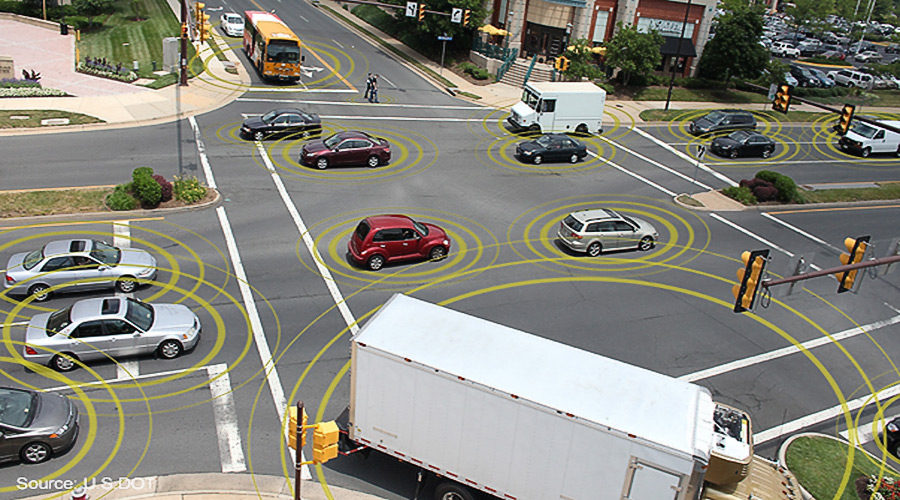
Robohub.org
Self-driving car test sites

Swarm communication and urban city driving are integral to the safe deployment of self-driving cars. Mercedes-Benz and a joint Michigan-based consortium are setting up secure test sites in California and Michigan to test their solutions.
Mercedes-Benz, along with local governments, is turning what used to be the Concord Naval Weapons Station into the US’s largest secure testing site for self-driving vehicles and new transportation technology testing. The facility will use the nearly 20 miles of existing paved roadways to test autonomous vehicles as well as communication technologies between cars and traffic signals.
In Ann Arbor, Michigan, a mock-up of busy streets, complex intersections, confusing lane markings and construction crews will be used to gauge the latest automotive sensors, algorithms, and other technologies. The site will consist of four miles of roads and 13 different intersections. A spokesman for the University of Michigan’s Mobility Transformation Center, which is overseeing the project, said: “Having identified challenging scenarios, we need to re-create them in a highly repeatable way. We don’t want to be just driving around the public roads.”
“I think it’s a great idea,” says MIT Professor John Leonard. “It is important for us to try to collect statistically meaningful data about the performance of self-driving cars. Repeated operations — even in a small-scale environment — can yield valuable data sets for testing and evaluating new algorithms.”
“[Driverless car] technology could provide solutions to some of our most intractable social problems — the high cost of traffic crashes and transportation infrastructure, the millions of hours wasted in traffic jams, and the wasted urban space given over to parking lots, just to name a few. Driverless cars have the potential to fundamentally alter transportation systems by averting deadly crashes, providing critical mobility to the elderly and disabled, increasing road capacity, saving fuel, and lowering emissions.” Quote from KPMG Issues and Insights article.
Analysts predict $1.3 trillion in savings in the United States and $5.6 trillion globally, from the deployment of driverless cars over the next three decades.
tags: Automotive, autonomous driving, cx-Research-Innovation, robocars


